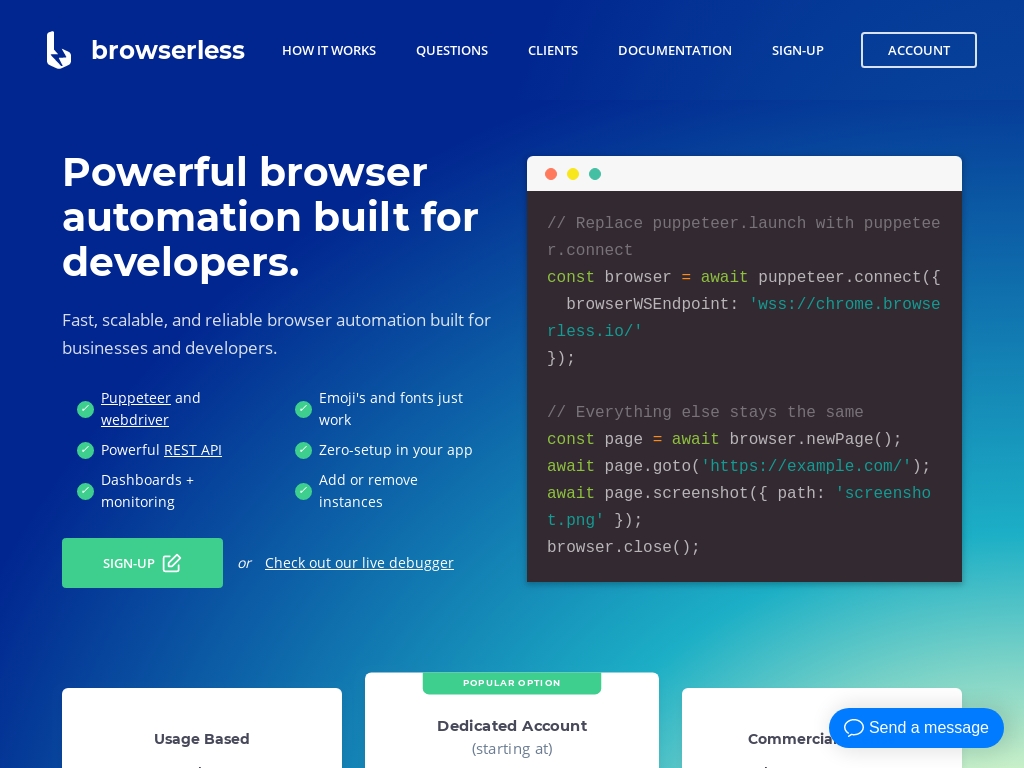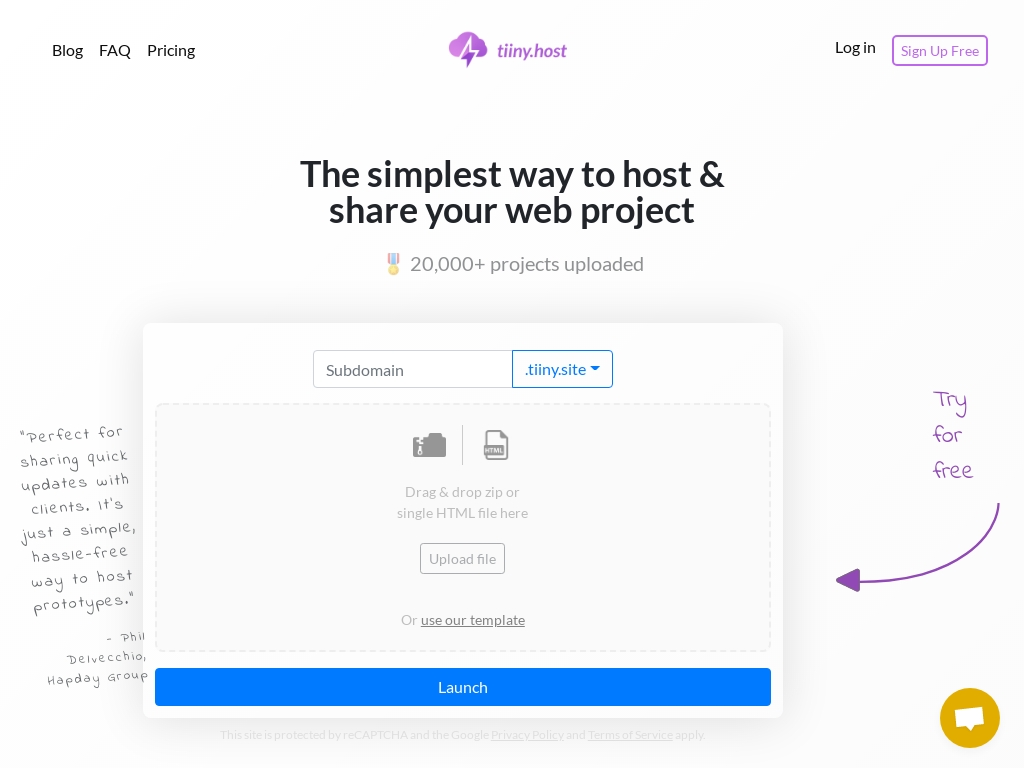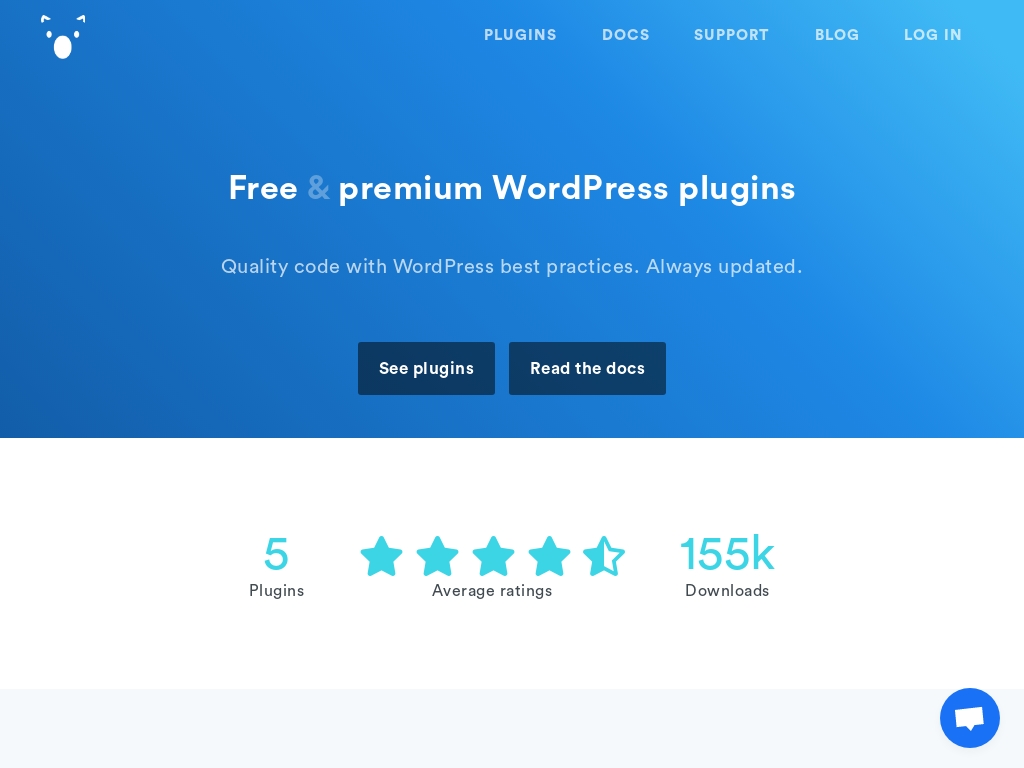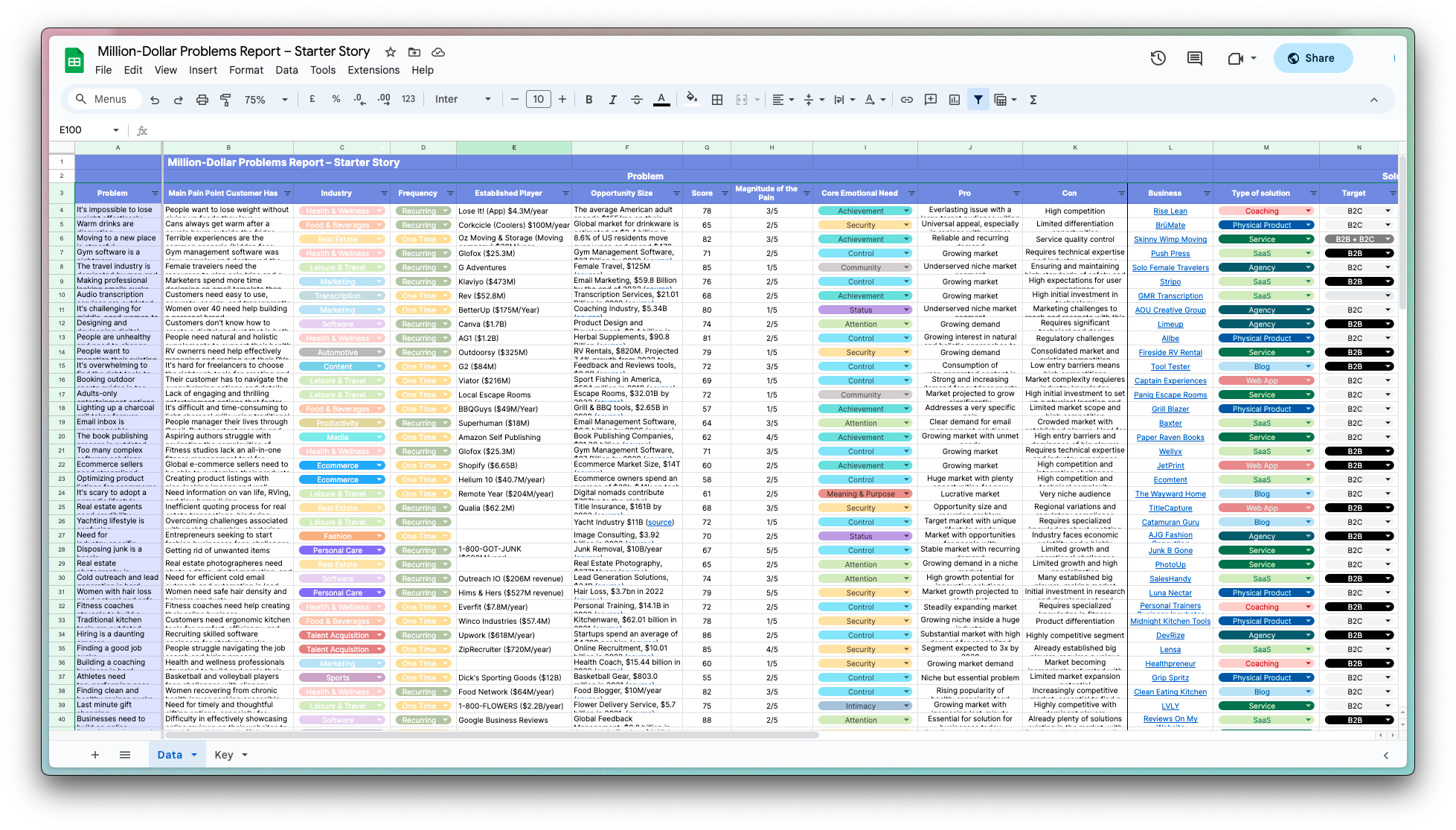How Cleeng Grew to $18M Revenue by Mastering SaaS Playbooks
Who is Gilles Domartini?
Gilles Domartini, the founder of Cleeng, is a seasoned professional with experience at Apple, Philips, and NEC, who launched the company in 2011 after working on strategic consulting missions and handling e-commerce and media.
What problem does Cleeng solve?
Cleeng helps video platforms keep their subscribers by managing billing and retention, making it less frustrating for users to stay subscribed and for businesses to maintain revenue.
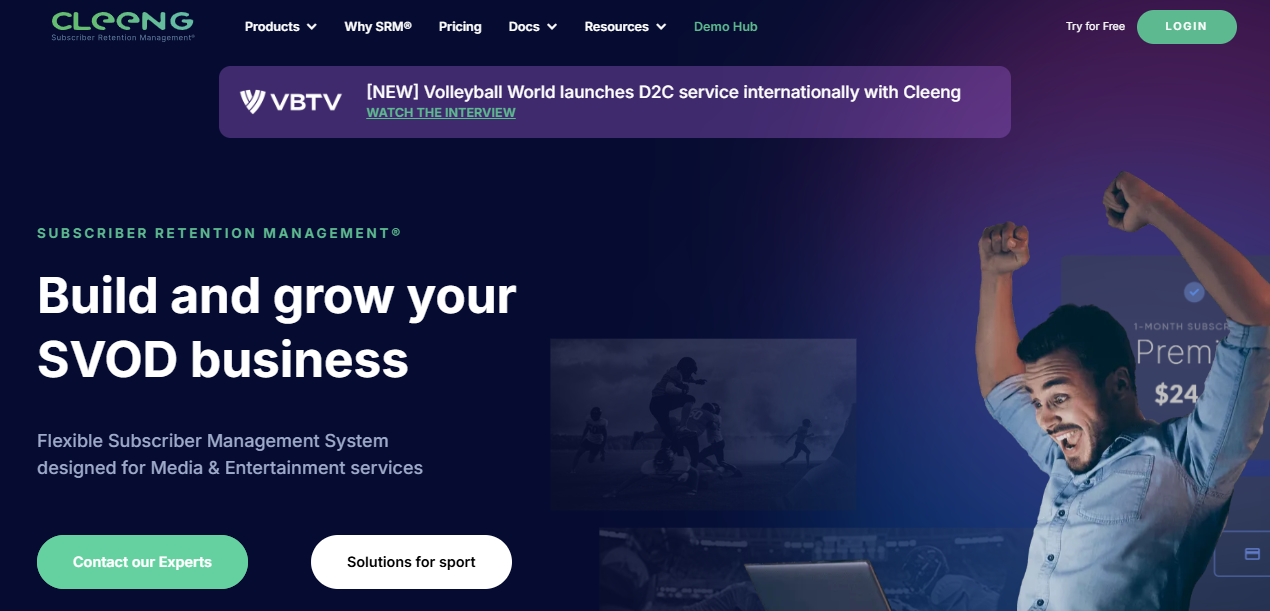
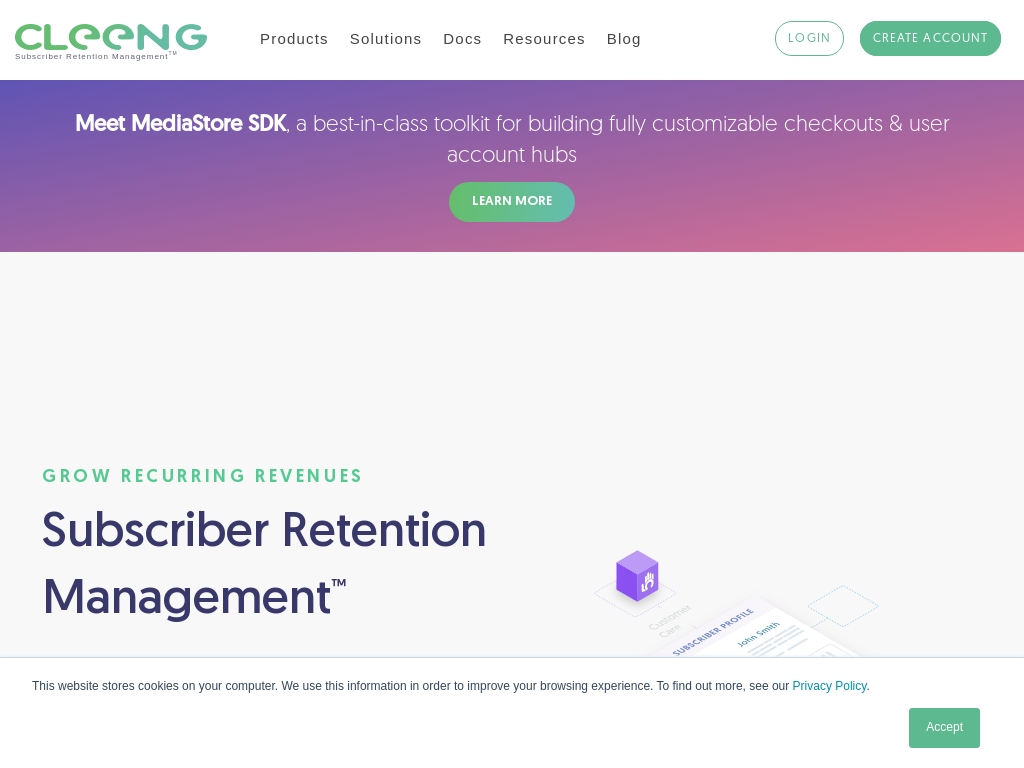
How did Gilles come up with the idea for Cleeng?
Gilles Domartini, the founder of Cleeng, first sensed a business opportunity during his time at Apple, where he was involved with the early days of iTunes. He saw the potential for a platform that could offer digital content sales, customer care, and payment management all in one. Initially, Cleeng dabbled in various multimedia solutions before narrowing its focus to video in late 2014. This decision was based on the growing trend of streaming services and the specific challenges they faced with subscriber retention.
Before committing to this new direction, the Cleeng team closely observed the rising popularity of platforms like Netflix and Peacock to understand the market better. They conducted research and iteratively refined their concept, ensuring that Cleeng would provide a unique subscriber management solution tailored specifically for video content providers. The initial years involved adapting and learning from industry feedback, which led them to pivot towards subscriber management and analytics, a niche that few competitors fully addressed at the time.
A key lesson during this period was understanding the importance of focusing on a specific vertical rather than stretching into similar yet distinct markets. By concentrating on the media and entertainment sector, Domartini was able to fine-tune Cleeng’s offerings to meet the exact needs of this clientele. Gilles learned that balancing product development focus while managing financial constraints was crucial to ensure the business’s long-term sustainability and success.
How did Gilles Domartini build the initial version of Cleeng?
Cleeng was developed over several years with careful attention to building a robust product for subscriber retention specifically tailored for the media and entertainment industry. Initially in 2011, the founders focused on multimedia content sales and management, pivoting in 2014 towards video and subscriber management, which marked a turning point in product evolution. They built a unique tech stack centered around subscriber analytics and management, which distinguished them in the market. Challenges included maintaining focus amidst demands for diversification and addressing investor pressures. Despite these challenges, they sustained development efforts and continued refining and optimizing their software to meet the nuanced needs of enterprise clients. The initial version of Cleeng was built through methodical iterations, informed heavily by the founder’s experience at Apple, and development continued for several years with cautious pacing until the product could robustly support significant client demands.
What were the initial startup costs for Cleeng?
- Funding: Cleeng raised 5 million euros in 2018. Prior to that, they had raised a total of 1.5 million euros.
What was the growth strategy for Cleeng and how did they scale?
Enterprise Sales Focus
Cleeng shifted its focus from the usual small-scale customers to targeting large enterprise clients. This heavier focus on enterprise sales involved engaging clients like the NFL and major broadcasters, which resulted in signing deals that range from hundreds of thousands to over a million dollars annually. By leveraging their Subscriber Retention Management (SRM) expertise within the media and entertainment industry, they were able to offer tailor-made solutions that large enterprises needed to effectively manage and retain subscribers.
Why it Worked: Enterprise clients were looking for robust solutions to enhance subscriber retention, an area where Cleeng has developed specialized knowledge. Their deep industry focus allowed them to deliver high-value offerings tailored to major players, resulting in substantial recurring revenues and higher average contract values.
Pricing Strategy
Cleeng employed a pricing strategy that adapted over time, moving away from flat-rate licensing to a tiered model based on subscriber numbers. This meant that fees were adjusted according to the size of the client's subscriber base. As clients grew, Cleeng's revenue increased automatically without the need for constant contract renegotiations.
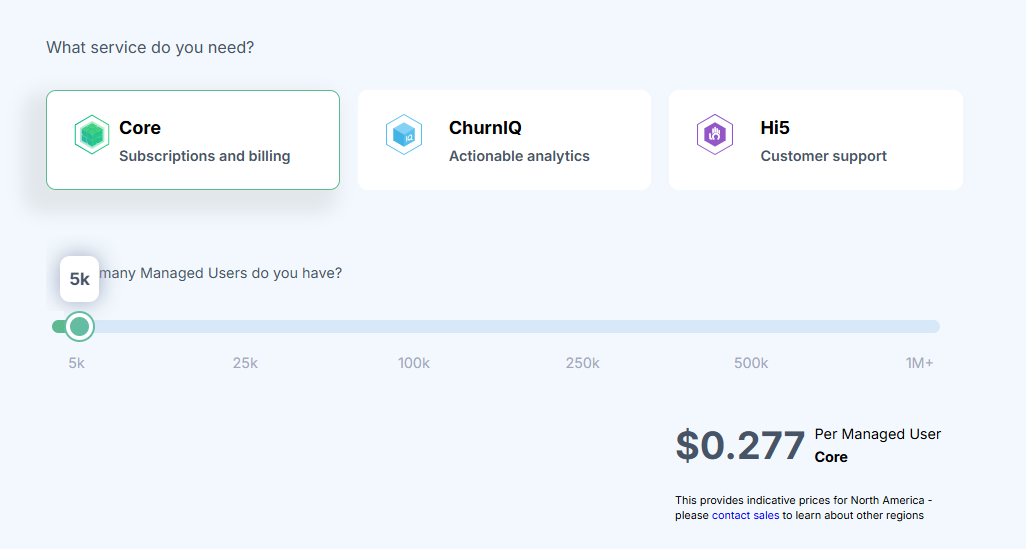
Why it Worked: This pricing model aligns Cleeng’s success with the growth of its clients. It removes the friction of ongoing renegotiations, encourages clients to scale with Cleeng’s platform, and provides a predictable, scalable revenue stream for Cleeng.
Customer Success and Retention
Cleeng realized the importance of not just acquiring, but also retaining clients through a strong emphasis on customer success. They invested in building a customer success team which was aimed at ensuring that their clients fully utilized the platform features for maximum benefit, consequently driving higher retention rates.
Why it Worked: A dedicated focus on customer success ensures that clients receive ongoing value from Cleeng's solutions, which bolsters customer loyalty and reduces churn. This approach has contributed to them achieving a net dollar retention rate of over 120-130%, showcasing significant upsell and cross-sell potential within existing accounts.
Remote Work Efficiency
Cleeng capitalized on a remote-first approach during the COVID-19 pandemic. This not only reduced operational costs significantly but also enhanced employee satisfaction by allowing flexible work arrangements. The funds saved from reduced travel, office expenses, and on-site perks were reallocated to strategic initiatives contributing to growth.
Why it Worked: The move to remote work and reduced operational overheads permitted Cleeng to optimize its expenditure while maintaining productivity levels. The strategy created resilience against economic downturns and allowed them to channel more resources into growth and customer-centric initiatives.
What's the pricing strategy for Cleeng?
Cleeng employs a tiered pricing model that starts with a base subscription fee and adds charges per subscriber, catering mainly to large enterprises.
What were the biggest lessons learned from building Cleeng?
- Stay True to Your Vertical: Cleeng excelled by focusing strictly on the media and entertainment sector, resisting the temptation to expand into similar but different markets like gaming or IoT. This focus allowed them to deepen their expertise and better serve their chosen niche.
- Adapt Pricing Continuously: They learned that pricing isn't a one-time decision. Cleeng evolved from a flat licensing fee to a tiered model with per-user fees, enabling easier client transitions without contract renegotiations. Regularly reassessing pricing strategies helped in scaling up from SME clients to enterprise ones.
- Prioritize Customer Retention: Initially focusing heavily on acquisition, Cleeng realized that investing equally in customer success was crucial. A focus on customer retention helped maintain stable revenue growth even as the organization scaled, highlighting this as a complex yet vital role on the team.
- Balance Customer Needs with Core Competencies: Cleeng had to manage demands from enterprise clients without diverging too far from their core product offerings. Building a customer-centric approach while maintaining their product focus was key to satisfying big clients without overextending resources.
- Leverage Founder Control: The founders' decision to retain control of the company at a critical juncture, even when pressured by investors to sell, was instrumental. It reinforced the importance of founder vision in steering the company through difficult times, like during the COVID-19 pandemic when they reverted to bootstrapping principles and optimized costs.
Discover Similar Business Ideas Like Cleeng
|
|
Idea
|
Revenue
|
|---|---|---|
|
PDFShift
|
|
$8.5K
monthly
|
|
Instatus
|
|
$24K
monthly
|
|
TxtCart®
|
|
$85K
monthly
|
|
Browserless
|
|
$50K
monthly
|
|
QR TIGER
|
|
$300K
monthly
|
|
tiiny.host
|
|
$15K
monthly
|
|
Studio Wombat
|
|
$15K
monthly
|
More about Cleeng:
Who is the owner of Cleeng?
Gilles Domartini is the founder of Cleeng.
When did Gilles Domartini start Cleeng?
2011
What is Gilles Domartini's net worth?
Gilles Domartini's business makes an average of $1.5M/month.
How much money has Gilles Domartini made from Cleeng?
Gilles Domartini started the business in 2011, and currently makes an average of $18M/year.
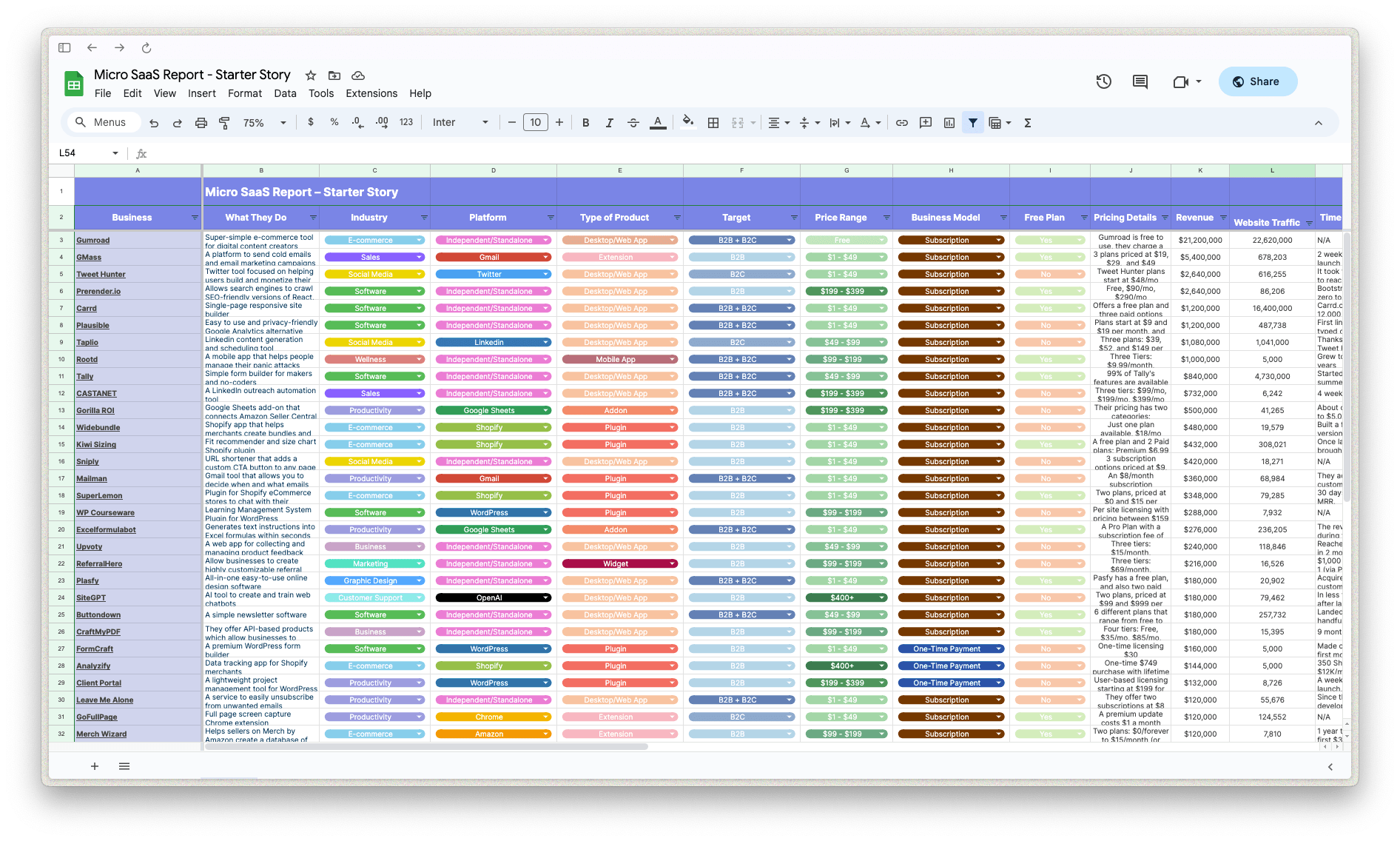
Download the report and join our email newsletter packed with business ideas and money-making opportunities, backed by real-life case studies.

Download the report and join our email newsletter packed with business ideas and money-making opportunities, backed by real-life case studies.

Download the report and join our email newsletter packed with business ideas and money-making opportunities, backed by real-life case studies.

Download the report and join our email newsletter packed with business ideas and money-making opportunities, backed by real-life case studies.

Download the report and join our email newsletter packed with business ideas and money-making opportunities, backed by real-life case studies.

Download the report and join our email newsletter packed with business ideas and money-making opportunities, backed by real-life case studies.

Download the report and join our email newsletter packed with business ideas and money-making opportunities, backed by real-life case studies.

Download the report and join our email newsletter packed with business ideas and money-making opportunities, backed by real-life case studies.



